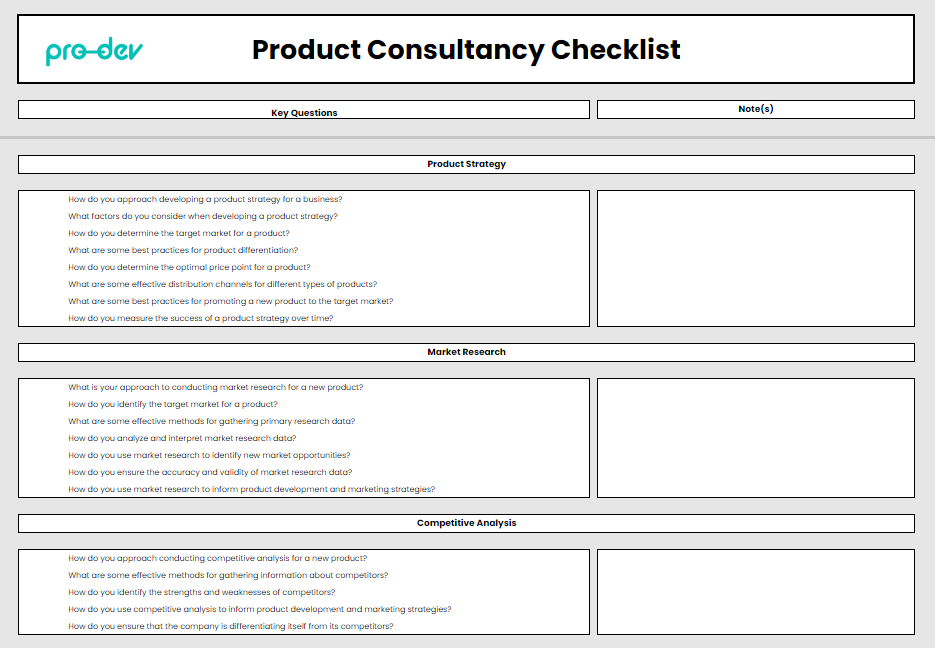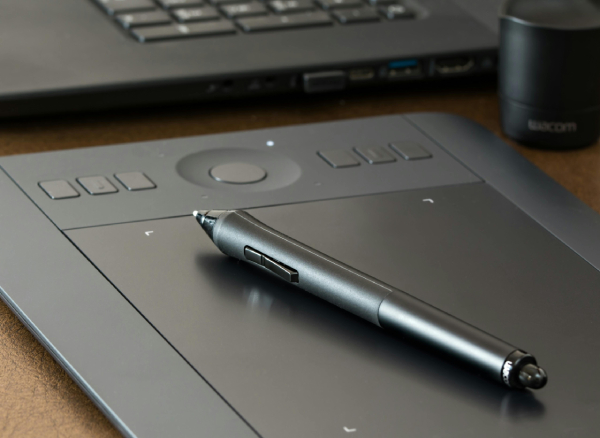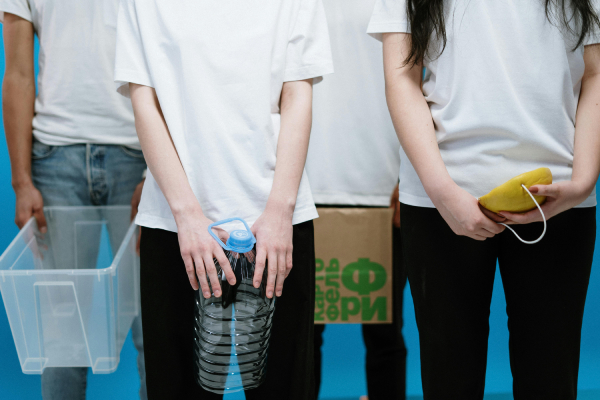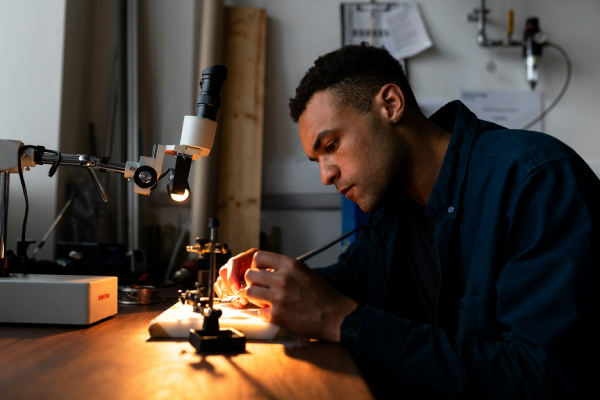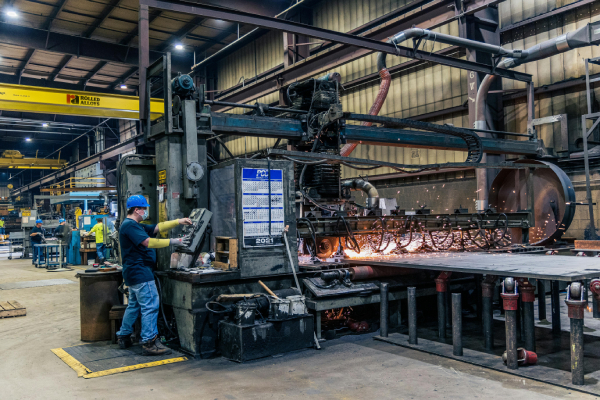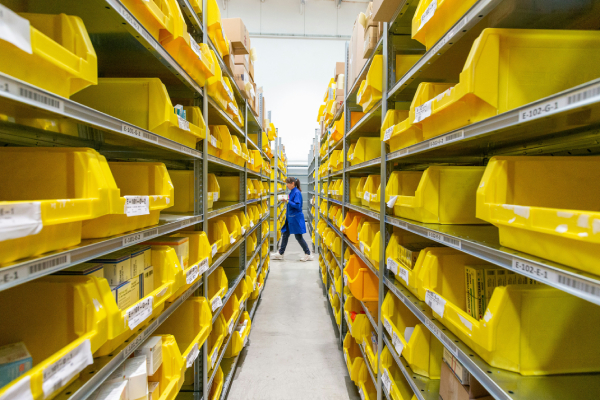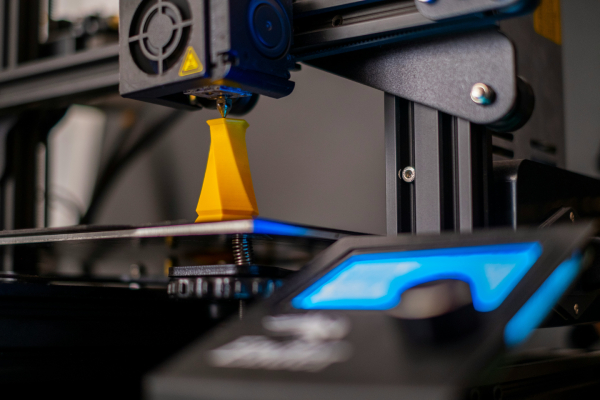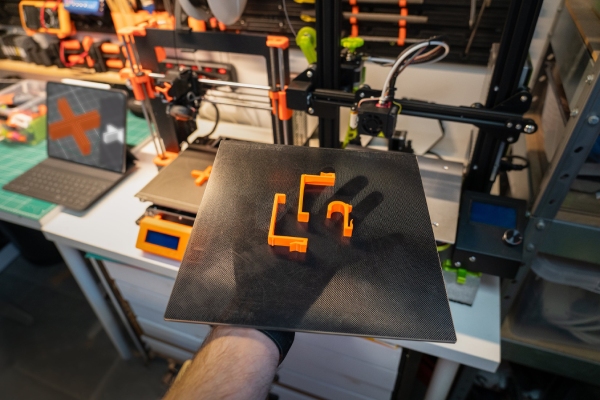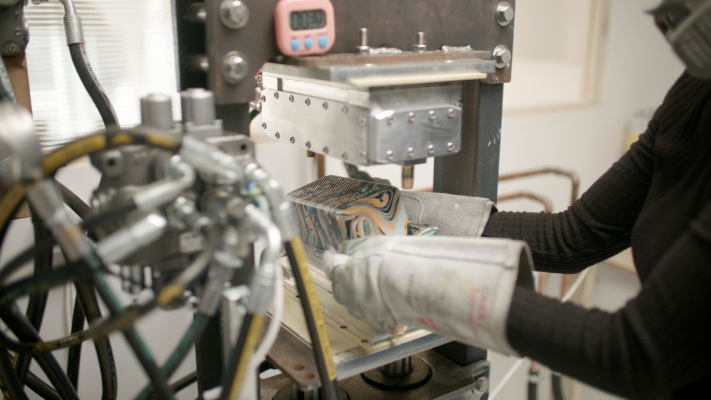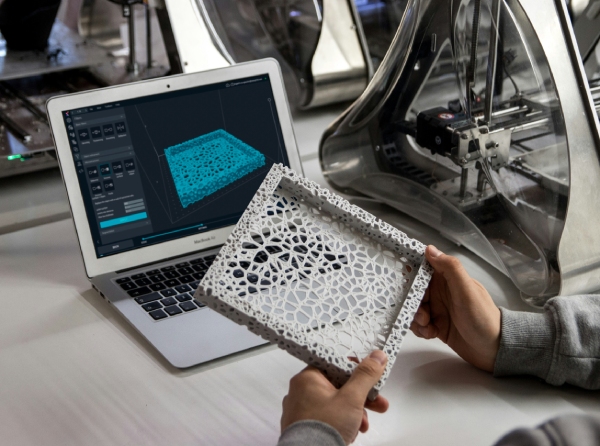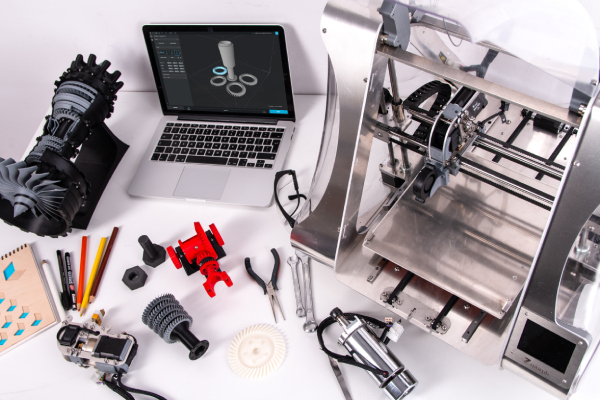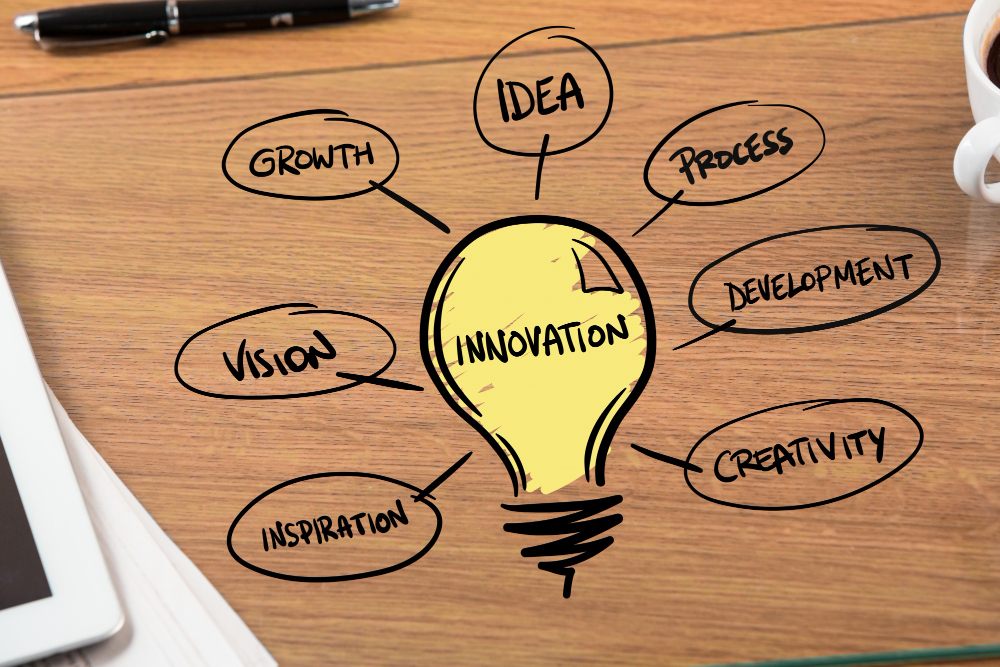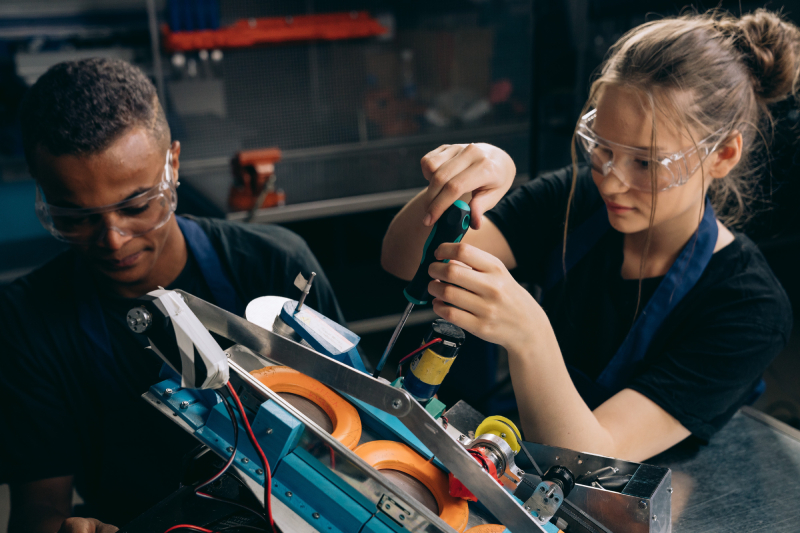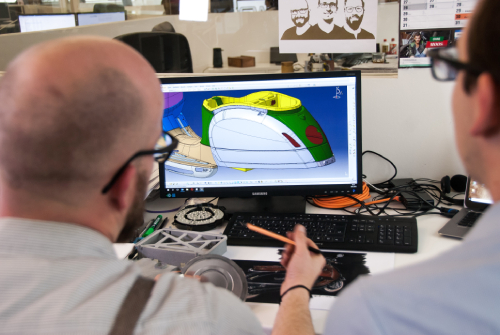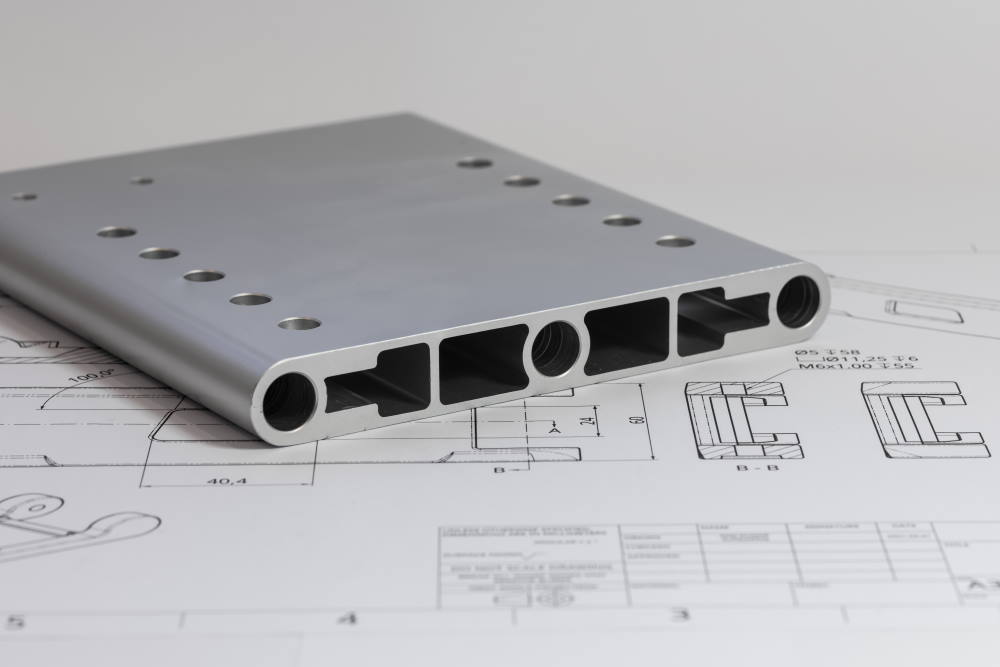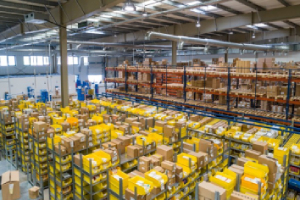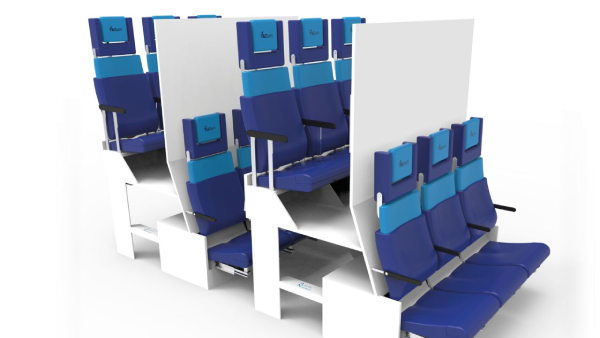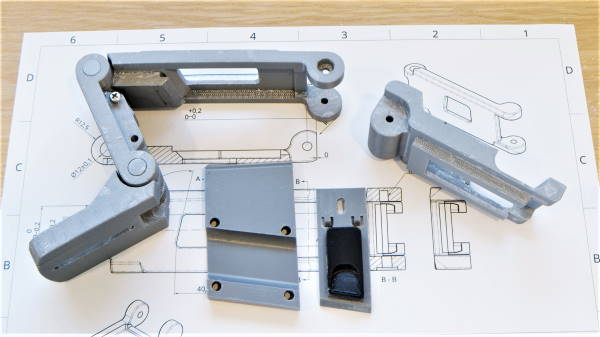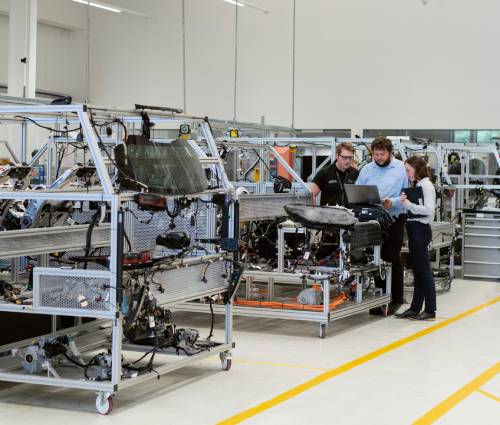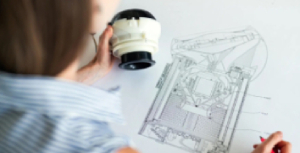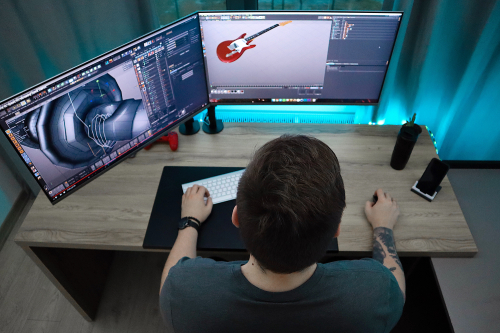
Given the various environmental issues we currently face in the modern age, the push for sustainability in any field has become more prevalent than ever. This is all the more evident in the industrial design and manufacturing sectors, which are expected to deliver products that can generate a large amount of both material waste and energy consumption in the process. Because of this, many modern designers prioritise sustainability as one of the key considerations when designing their products.
Let’s review some sustainable practices that industrial sectors should be applying to their operations to do their share in conserving the environment.
Keep Sustainability in the Forefront
Sustainability is easier achieved if it’s at the forefront of the design and manufacturing process, not just as an afterthought. This does not only concern waste production during manufacturing but also the end product’s life cycle itself. The sturdier and more well-made the product is, the more sustainable it can become in the long run, as it won’t be disposed of any time soon.
Here at Pro-Dev, for example, we take pride in our industrial design Christchurch services that greatly value the end product’s quality while still being cost-effective. We want your customers to be able to enjoy your products for a long time, which in turn helps reduce waste produced due to obsolete products.
Source Materials Responsibly
Resourcing materials to be used in the manufacturing process is also a vital point in promoting sustainability. For example, manufacturers can opt to use local materials and thus eliminate the need to transport materials from much farther areas. This lessens transportation requirements, which in turn cuts down on carbon footprint and costs.
Select materials that have good lifespan and durability. This can help ensure that the end product will have a prolonged life cycle and won’t be simply populating the landfills in such a short amount of time after production. Consider using biodegradable or rapidly renewable materials as well.
Aim for Flexibility
Of course this will still depend on the product type itself, but aiming for flexibility when it comes to product design is a point toward sustainability. If a single product can provide various functions to its users, then customers are less likely to purchase several others just to fulfil their needs. This reduces the need to keep manufacturing new products, thus lessening material extraction and waste production.
Recycle and Reuse

Design products that lend themselves well to being recycled or reused. This may entail building the product with materials and parts that make it easy to disassemble once its lifespan ends. Hence, it allows the consumer to gather parts that can still be reused or recycled rather than having no choice but to dispose of the entire product.
Aside from waste generation, another benefit is that this can even lengthen the lifespan of your product since replacing parts will now be easier for your customers. This also allows industrial designers and manufacturers to contribute to the circular economy model, which gives priority to sustainability by coming up with products that allow for continued use even after their current lifespan ends.
Be Energy Efficient in Production
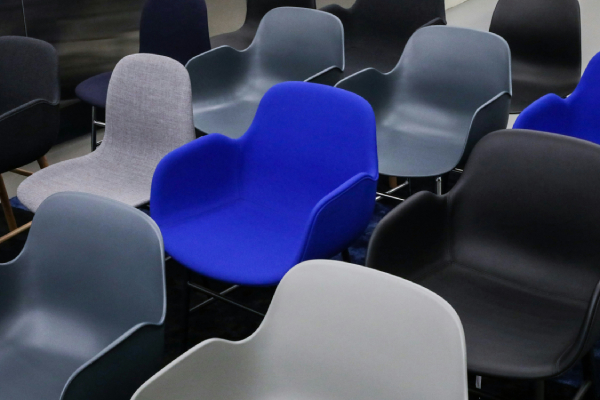
Less energy consumption means a smaller carbon footprint. One way to do this is to have the various components of your product manufactured in a single location. This eliminates the need to go back and forth to various other manufacturers—which again means more transportation required—just for the completion of a single product.
Streamlining the production process from design to manufacturing also plays into this. For instance, Pro-Dev and many other local companies offer a one-stop solution for your product design needs. This is not only convenient but also sustainable, as everything concerning your product is centralised and won’t require constant transportation among different contractors involved.
Promote Sustainability Through Your Product Design
Applying sustainable practices to your product design and manufacturing process is only one-half the battle. You should also aim to design products that actively promote these same principles among your users. On top of using easily recyclable materials, utilise designs that inspire upcycling and reuse.
One example is through product packaging. Many people don’t look twice at packaging, opting to just throw it away the moment they unbox their product. Yet by designing packaging that promotes its reuse—say, a box that has instructions printed on it about how it can be repurposed as a makeshift container for knick-knacks—you pass on to consumers the importance of sustainability.
With pressing environmental concerns such as climate change, worsening pollution, and environmental degradation, we must all start doing our part to protect the planet. Practising sustainable principles enables us to conserve current resources, allowing future generations to still make full use of them. To that end, we hope that product designers and manufacturers can make use of the practices highlighted here and make that stride toward a more environmentally conscious industry.
